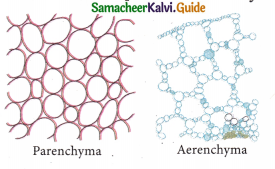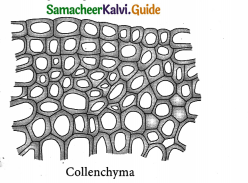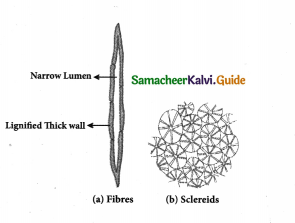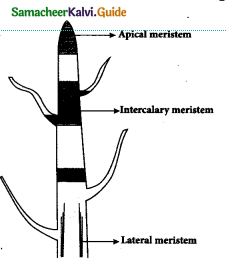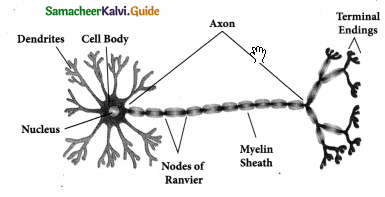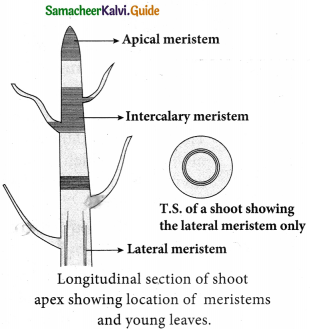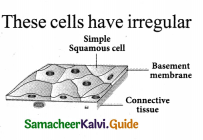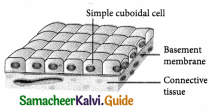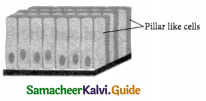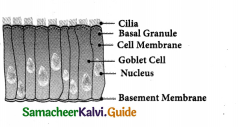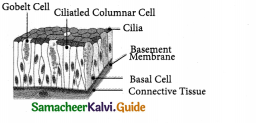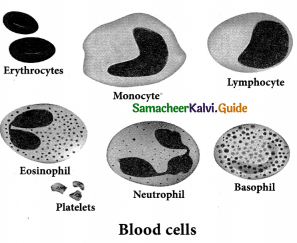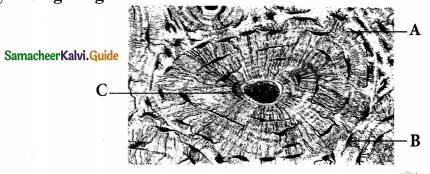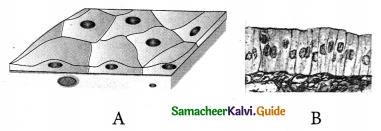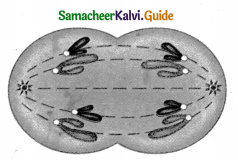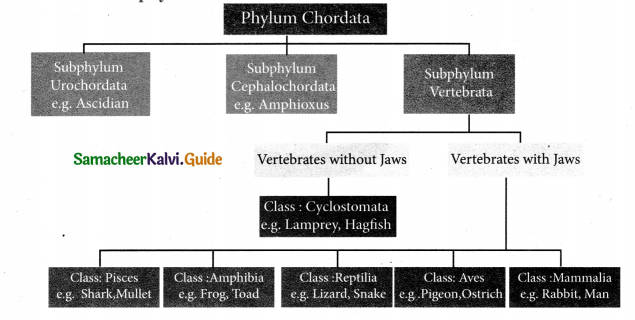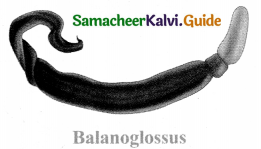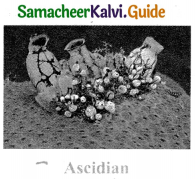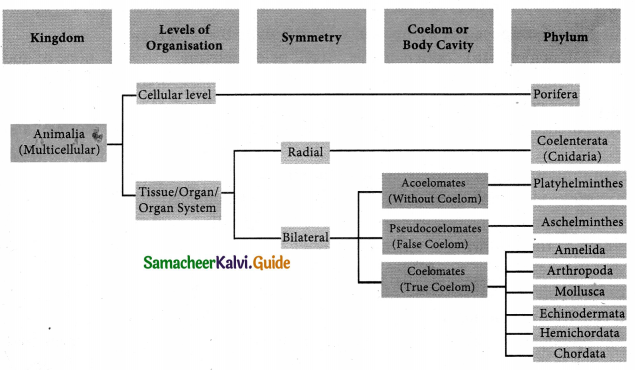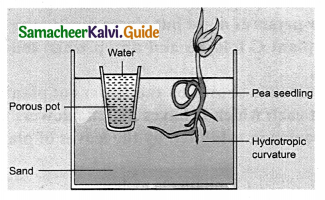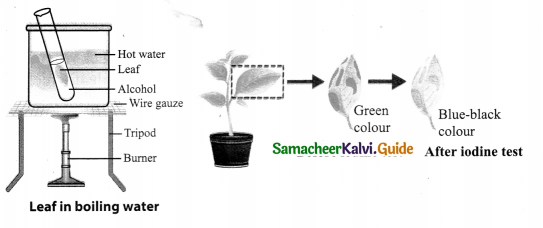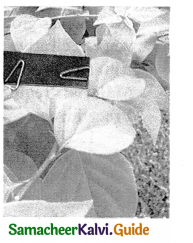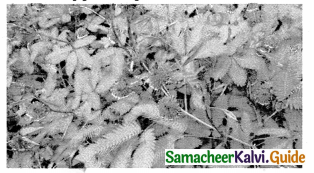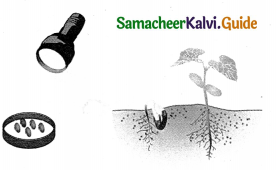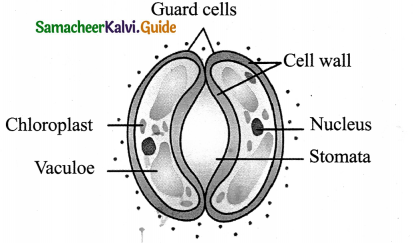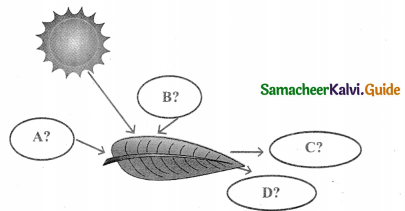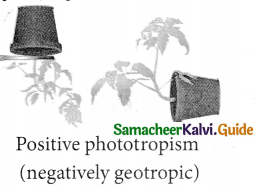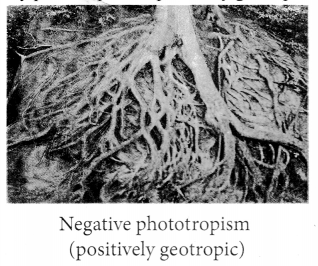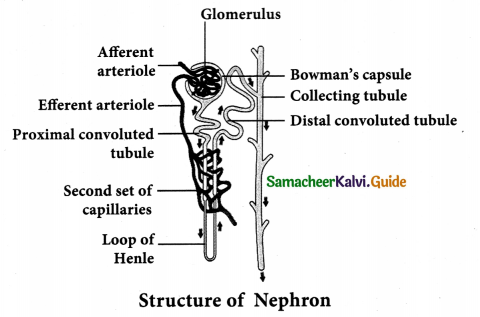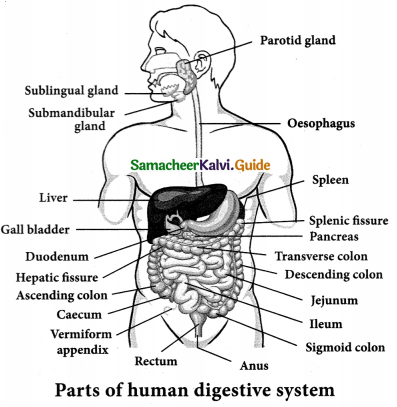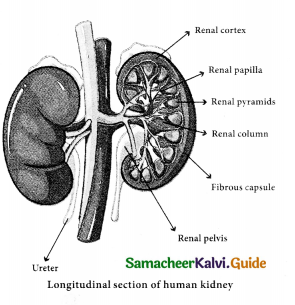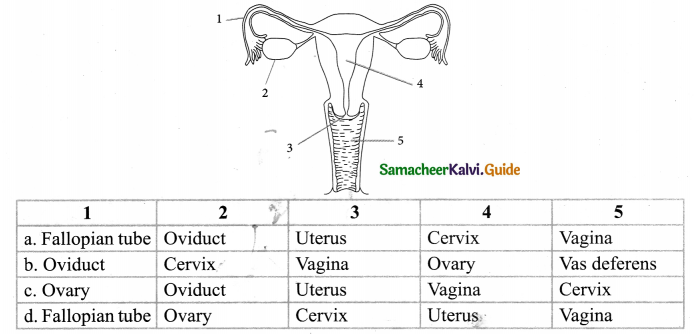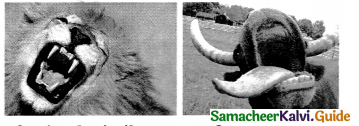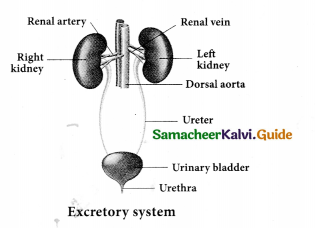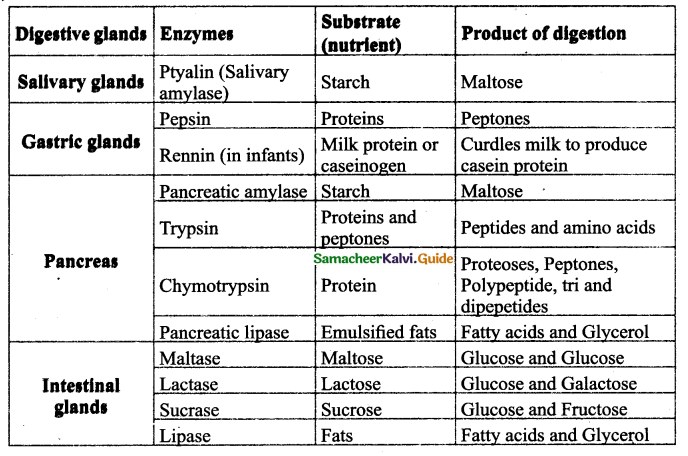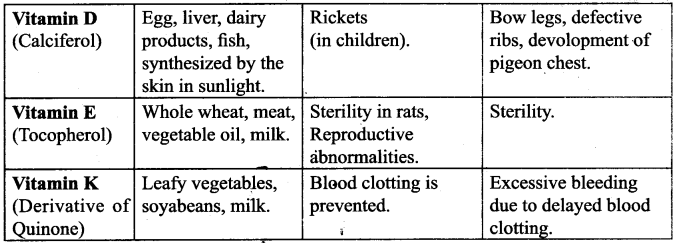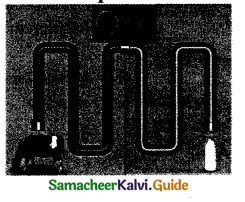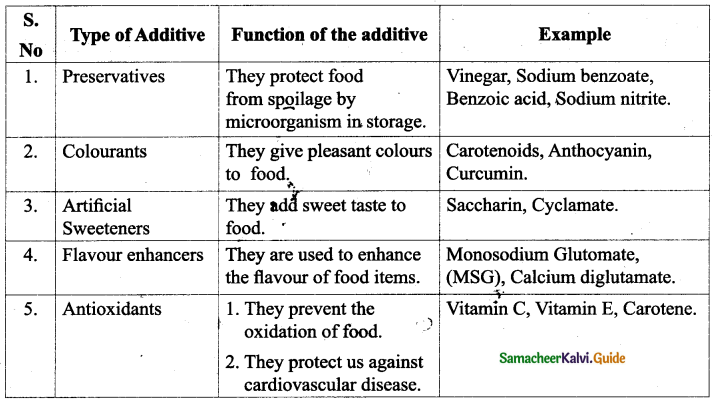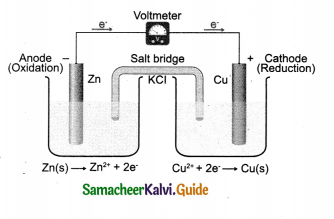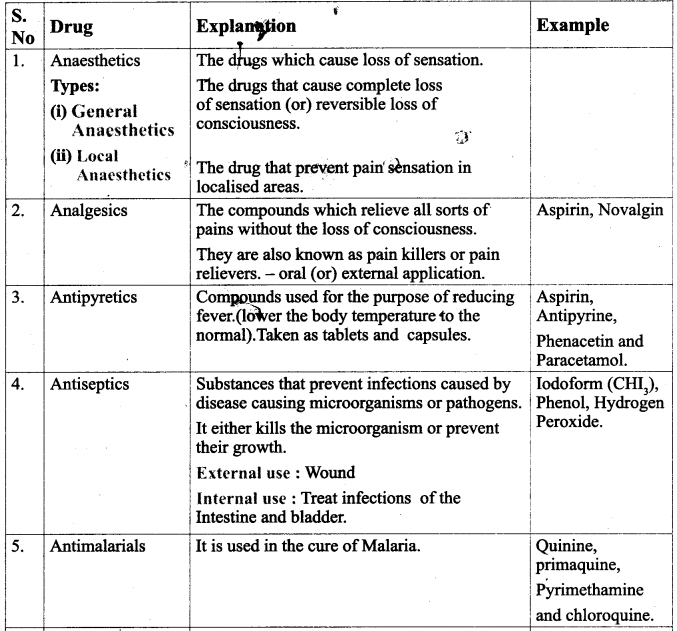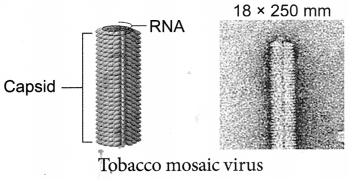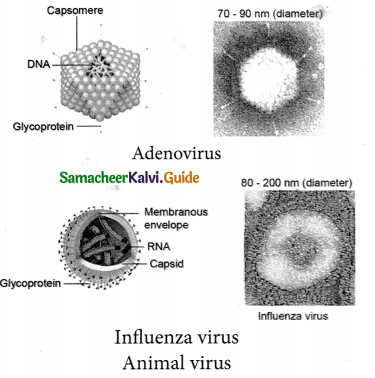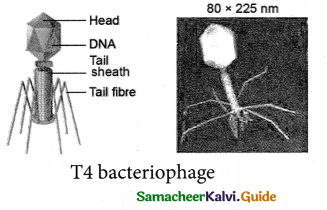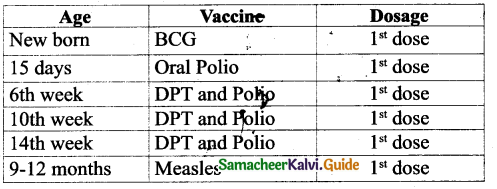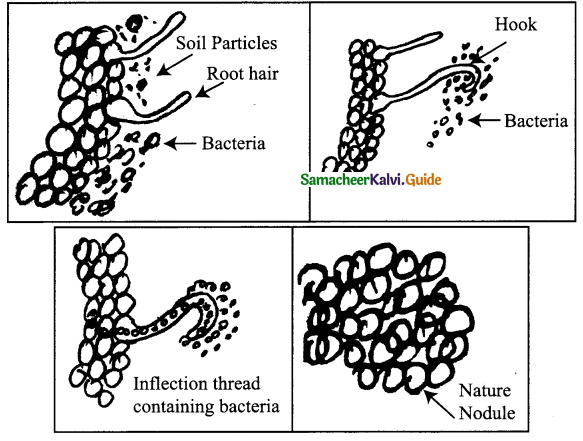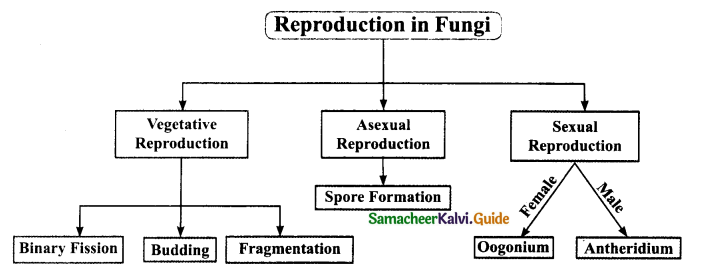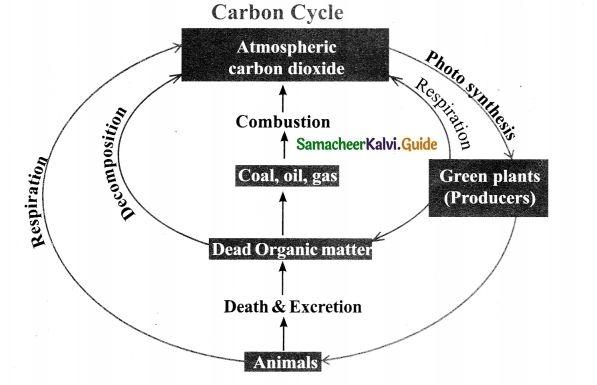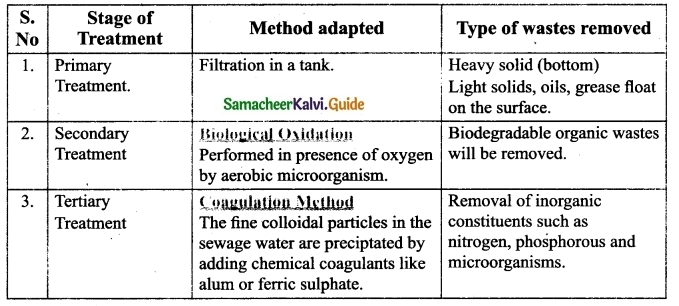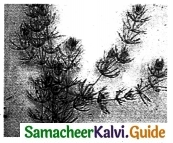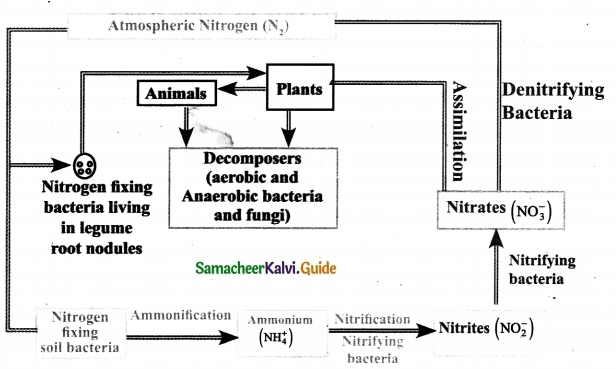Subject Matter Experts at SamacheerKalvi.Guide have created Tamilnadu State Board Samacheer Kalvi 9th Maths Book Answers and Solutions Guide Pdf Free Download in English Medium and Tamil Medium are part of Samacheer Kalvi 9th Books Solutions.
Let us look at these TN State Board New Syllabus Samacheer Kalvi 9th Std Maths Guide Pdf of Book Back Questions and Answers Term 1, 2, 3, Chapter Wise Important Questions, Study Material, Question Bank, Notes, Formulas and revise our understanding of the subject.
Samacheer Kalvi 9th Maths Book Solutions Guide Pdf Free Download
Tamilnadu State Board Samacheer Kalvi 9th Maths Book Back Answers Solutions Guide Term 1, 2, 3.
Samacheer Kalvi 9th Maths Book Back Answers
Samacheer Kalvi 9th Maths Book with Answers Chapter 1 Set Language
- Chapter 1 Set Language Ex 1.1
- Chapter 1 Set Language Ex 1.2
- Chapter 1 Set Language Ex 1.3
- Chapter 1 Set Language Ex 1.4
- Chapter 1 Set Language Ex 1.5
- Chapter 1 Set Language Ex 1.6
- Chapter 1 Set Language Ex 1.7
- Chapter 1 Set Language Additional Questions
Samacheer Kalvi 9th Maths Book Solutions Chapter 2 Real Numbers
- Chapter 2 Real Numbers Ex 2.1
- Chapter 2 Real Numbers Ex 2.2
- Chapter 2 Real Numbers Ex 2.3
- Chapter 2 Real Numbers Ex 2.4
- Chapter 2 Real Numbers Ex 2.5
- Chapter 2 Real Numbers Ex 2.6
- Chapter 2 Real Numbers Ex 2.7
- Chapter 2 Real Numbers Ex 2.8
- Chapter 2 Real Numbers Ex 2.9
- Chapter 2 Real Numbers Additional Questions
TN 10th Maths Guide Samacheer Kalvi Pdf Free Download Chapter 3 Algebra
- Chapter 3 Algebra Ex 3.1
- Chapter 3 Algebra Ex 3.2
- Chapter 3 Algebra Ex 3.3
- Chapter 3 Algebra Ex 3.4
- Chapter 3 Algebra Ex 3.5
- Chapter 3 Algebra Ex 3.6
- Chapter 3 Algebra Ex 3.7
- Chapter 3 Algebra Ex 3.8
- Chapter 3 Algebra Ex 3.9
- Chapter 3 Algebra Ex 3.10
- Chapter 3 Algebra Ex 3.11
- Chapter 3 Algebra Ex 3.12
- Chapter 3 Algebra Ex 3.13
- Chapter 3 Algebra Ex 3.14
- Chapter 3 Algebra Ex 3.15
- Chapter 3 Algebra Additional Questions
Samacheer Kalvi 9th Maths Guide Pdf Free Download Chapter 4 Geometry
- Chapter 4 Geometry Ex 4.1
- Chapter 4 Geometry Ex 4.2
- Chapter 4 Geometry Ex 4.3
- Chapter 4 Geometry Ex 4.4
- Chapter 4 Geometry Ex 4.5
- Chapter 4 Geometry Ex 4.6
- Chapter 4 Geometry Ex 4.7
- Chapter 4 Geometry Additional Questions
Samacheer Kalvi 9th Maths Book English Medium Chapter 5 Coordinate Geometry
- Chapter 5 Coordinate Geometry Ex 5.1
- Chapter 5 Coordinate Geometry Ex 5.2
- Chapter 5 Coordinate Geometry Ex 5.3
- Chapter 5 Coordinate Geometry Ex 5.4
- Chapter 5 Coordinate Geometry Ex 5.5
- Chapter 5 Coordinate Geometry Ex 5.6
- Chapter 5 Coordinate Geometry Additional Questions
9th Standard Samacheer Kalvi Maths Guide Free Download Chapter 6 Trigonometry
- Chapter 6 Trigonometry Ex 6.1
- Chapter 6 Trigonometry Ex 6.2
- Chapter 6 Trigonometry Ex 6.3
- Chapter 6 Trigonometry Ex 6.4
- Chapter 6 Trigonometry Ex 6.5
- Chapter 6 Trigonometry Additional Questions
Samacheer Kalvi 9th Maths Guide Online Chapter 7 Mensuration
- Chapter 7 Mensuration Ex 7.1
- Chapter 7 Mensuration Ex 7.2
- Chapter 7 Mensuration Ex 7.3
- Chapter 7 Mensuration Ex 7.4
- Chapter 7 Mensuration Additional Questions
Tamilnadu Board Class 9 Maths Chapter 8 Statistics
- Chapter 8 Statistics Ex 8.1
- Chapter 8 Statistics Ex 8.2
- Chapter 8 Statistics Ex 8.3
- Chapter 8 Statistics Ex 8.4
- Chapter 8 Statistics Additional Questions
Tamil Nadu State Board 9th Std Maths Chapter 9 Probability
- Chapter 9 Probability Ex 9.1
- Chapter 9 Probability Ex 9.2
- Chapter 9 Probability Ex 9.3
- Chapter 9 Probability Additional Questions
9th Standard Maths Guide Tamil Medium Pdf Free Download
Samacheer Kalvi 9th Maths Guide Tamil Medium Pdf Free Download, 9th Maths Guide in Tamil Medium Pdf Download 2020-2021.
Samacheer Kalvi 9th Maths Book Back Answers Chapter 1 கண மொழி
- Chapter 1 கண மொழி Ex 1.1
- Chapter 1 கண மொழி Ex 1.2
- Chapter 1 கண மொழி Ex 1.3
- Chapter 1 கண மொழி Ex 1.4
- Chapter 1 கண மொழி Ex 1.5
- Chapter 1 கண மொழி Ex 1.6
- Chapter 1 கண மொழி Ex 1.7
Tamilnadu State Board 9th Maths Samacheer Solutions Chapter 2 மெய்யெண்கள்
- Chapter 2 மெய்யெண்கள் Ex 2.1
- Chapter 2 மெய்யெண்கள் Ex 2.2
- Chapter 2 மெய்யெண்கள் Ex 2.3
- Chapter 2 மெய்யெண்கள் Ex 2.4
- Chapter 2 மெய்யெண்கள் Ex 2.5
- Chapter 2 மெய்யெண்கள் Ex 2.6
- Chapter 2 மெய்யெண்கள் Ex 2.7
- Chapter 2 மெய்யெண்கள் Ex 2.8
- Chapter 2 மெய்யெண்கள் Ex 2.9
Samacheer Kalvi Maths Guide For 9th Std Chapter 3 இயற்கணிதம்
- Chapter 3 இயற்கணிதம் Ex 3.1
- Chapter 3 இயற்கணிதம் Ex 3.2
- Chapter 3 இயற்கணிதம் Ex 3.3
- Chapter 3 இயற்கணிதம் Ex 3.4
- Chapter 3 இயற்கணிதம் Ex 3.5
- Chapter 3 இயற்கணிதம் Ex 3.6
- Chapter 3 இயற்கணிதம் Ex 3.7
- Chapter 3 இயற்கணிதம் Ex 3.8
- Chapter 3 இயற்கணிதம் Ex 3.9
- Chapter 3 இயற்கணிதம் Ex 3.10
- Chapter 3 இயற்கணிதம் Ex 3.11
- Chapter 3 இயற்கணிதம் Ex 3.12
- Chapter 3 இயற்கணிதம் Ex 3.13
- Chapter 3 இயற்கணிதம் Ex 3.14
- Chapter 3 இயற்கணிதம் Ex 3.15
9th Standard Maths Answer Key Chapter 4 வடிவியல்
- Chapter 4 வடிவியல் Ex 4.1
- Chapter 4 வடிவியல் Ex 4.2
- Chapter 4 வடிவியல் Ex 4.3
- Chapter 4 வடிவியல் Ex 4.4
- Chapter 4 வடிவியல் Ex 4.5
- Chapter 4 வடிவியல் Ex 4.6
- Chapter 4 வடிவியல் Ex 4.7
9th Class Maths Guide State Syllabus Pdf ஆயத்தொலை வடிவியல்
- Chapter 5 ஆயத்தொலை வடிவியல் Ex 5.1
- Chapter 5 ஆயத்தொலை வடிவியல் Ex 5.2
- Chapter 5 ஆயத்தொலை வடிவியல் Ex 5.3
- Chapter 5 ஆயத்தொலை வடிவியல் Ex 5.4
- Chapter 5 ஆயத்தொலை வடிவியல் Ex 5.5
- Chapter 5 ஆயத்தொலை வடிவியல் Ex 5.6
9th Samacheer Maths Solution Book Chapter 6 முக்கோணவியல்
- Chapter 6 முக்கோணவியல் Ex 6.1
- Chapter 6 முக்கோணவியல் Ex 6.2
- Chapter 6 முக்கோணவியல் Ex 6.3
- Chapter 6 முக்கோணவியல் Ex 6.4
- Chapter 6 முக்கோணவியல் Ex 6.5
Samacheer 9th Maths Guide Tamil Medium Pdf Free Download Chapter 7 அளவியல்
Samacheer Kalvi Class 9 Maths Solutions Chapter 8 புள்ளியியல்
- Chapter 8 புள்ளியியல் Ex 8.1
- Chapter 8 புள்ளியியல் Ex 8.2
- Chapter 8 புள்ளியியல் Ex 8.3
- Chapter 8 புள்ளியியல் Ex 8.4
9th Standard Samacheer Kalvi Maths Guide Chapter 9 நிகழ்தகவு
We hope these Tamilnadu State Board Samacheer Kalvi Class 9th Maths Book Solutions and Answers Pdf Free Download in English Medium and Tamil Medium will help you get through your subjective questions in the exam.
Let us know if you have any concerns regarding TN State Board New Syllabus Samacheer Kalvi 9th Standard Maths Guide Pdf of Book Back Questions and Answers Term 1, 2, 3, Chapter Wise Important Questions, Study Material, Question Bank, Notes, Formulas drop a comment below and we will get back to you as soon as possible.
